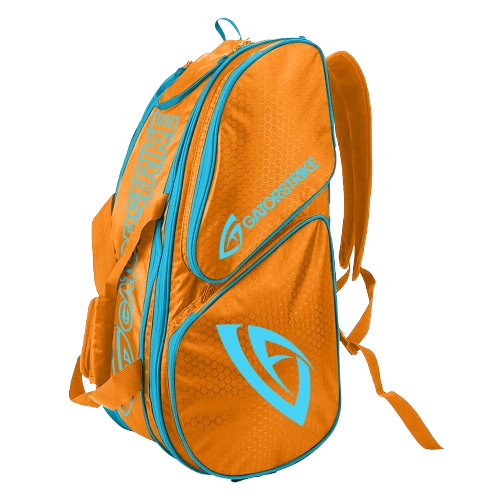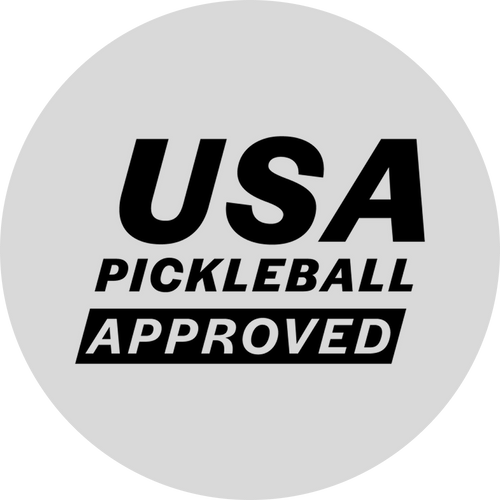
Shape Your Shots: Adding Spin for Tactical Advantage
Share
Players in pickleball employ various shots and tactics to shape their game and improve their scoring. When you consistently play pickleball for just enjoyment or professionally, you need to practice your shots. It proves a fun way to shape your shots: Adding spin for tactical advantage.
You can also enhance your overall practice sessions with consistent practice. Most beginner players hit the ball without a proper technique or strategy. It doesn’t always provide positive results. Proper practice can help avoid this issue. Learn more about pickleball court dimensions.
Shape Your Shots: Adding Spin For Tactical Advantage And Improved Playing Experience
The following are the practices to shape your shots: Adding spin for tactical advantage.
Why Spin Matters In Pickleball?
In pickleball, spin significantly affects the ball’s movement in the air and its bounce on the court. A well-placed spin shot helps cause your opponent to misjudge their timing and positioning. It leads to forced errors from your opponent. You can also control your ball better with proper spin tactics. You can play more aggressively without compromising your accuracy.
Learn the uses of a pickleball edge tape.
Types Of Spin In Pickleball
The following are the types of spins in pickleball you can try.
Topspin
This spin allows the ball to dip faster and bounce higher after hitting the ground. You can apply it by brushing up on the ball with a low-to-high paddle motion. Use this technique during:
- Drives.
- Passing shots.
- Groundstrokes.
It offers the following benefits to players.
- You can keep the ball in play even with a powerful swing.
- It adds pressure by forcing high bounces.
- It’s suitable for fast-paced rallies.
Also, see: Pickleball paddle weight tape.
Backspin (Underspin)
This spin is effective in slowing down the ball and keeping it low after the bounce. You can use it with a high-to-low slicing motion under the ball. Apply this spin for:
- Dinks.
- Drop shots.
- Defensive returns.
It offers the following advantages.
- Reduces bounce, making it harder to attack.
- Useful in resetting rallies or gaining time.
- Forces opponents to lift their returns.
Also, read the complete pickleball rules.
Sidespin
This spin curves the ball left or right in the air. It also changes its bouncing direction. You can apply this spin by swiping the paddle across the ball horizontally at an angle. It’s suitable for
- Tricky serves.
- Dinks.
- Angle shots.
It provides the following benefits to players.
- Adds unpredictability to your shots.
- Pulls opponents out of position.
- Creates difficult angles.
Tips For Mastering Spin
You can master spinning with the following tips.
- You need to use a textured and rough surface containing a paddle. It helps generate better spins.
- Your wrist motion and paddle angle affect the spinning. You cannot rely on brute force.
- You can build better control and consistency with repetition and continuous practice.
- Observe other expert players using spin tactics for better control and understanding.
Conclusion
To conclude, shape your shots: Adding spin for tactical advantage can affect your overall pickleball performance. You can make better improvements and win competitive matches with the opponents when you master the spinning techniques. Proper learning and consistency help.

















